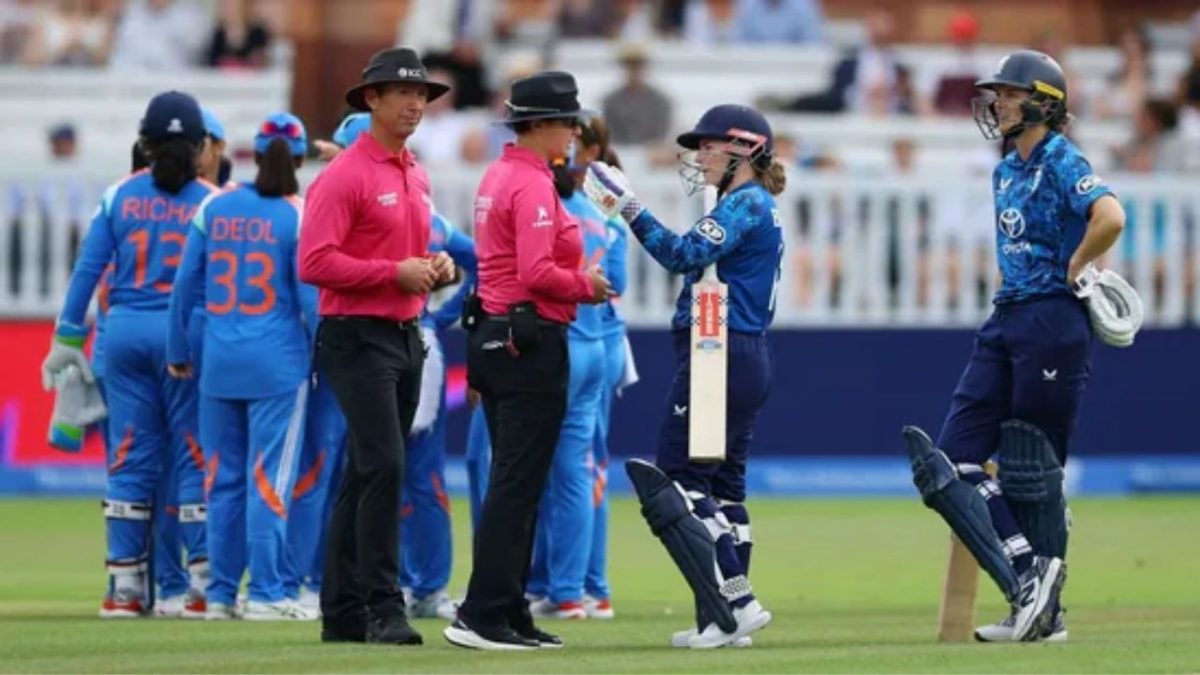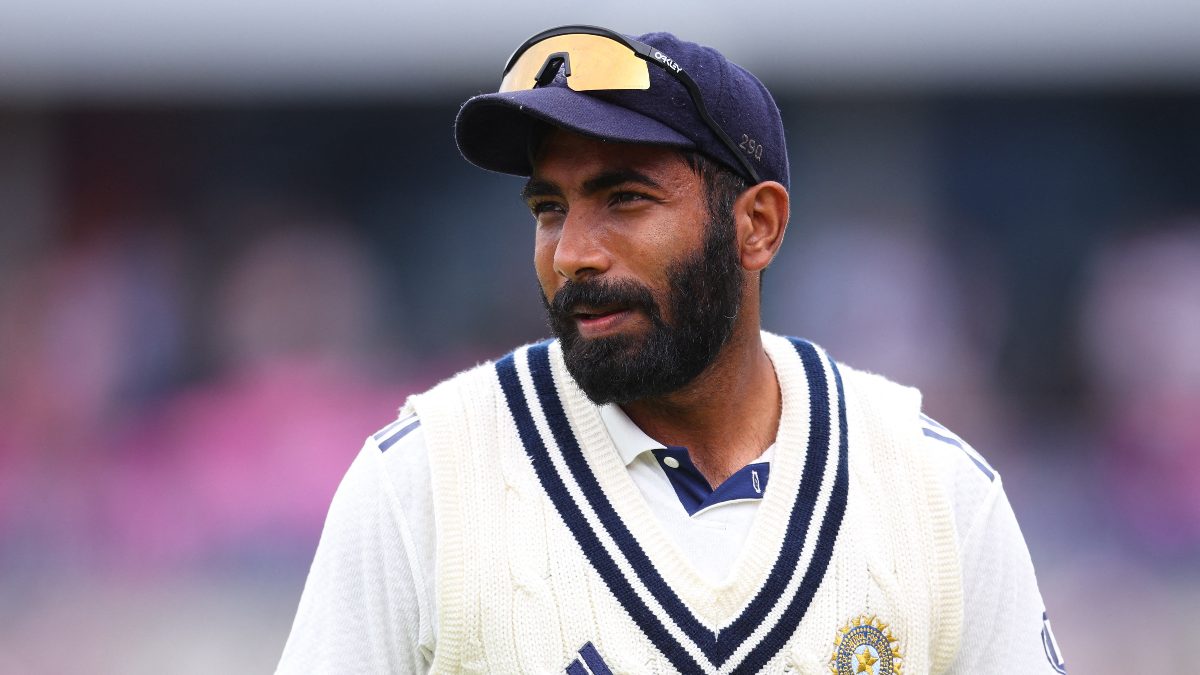The second ODI between India and England Women that took place at the Lord’s became a subject of massive controversy after Harmanpreet Kaur-led side appealed for Obstructing the Field against Tammmy Beaumont. While it certainly appeared that India had a case, the third umpire reached a different conclusion after going through the replays. As a result, the England opener survived and crafted a solid opening stand of 54 runs with Amy Jones, which perfectly set up the 116-run chase in a rain-affected game. Eventually, England won the game by 8 wickets and brought the series level at 1-1.
The match did not offer much when it comes to the contest between bat and ball, but still made headlines owing to the field obstruction incident. The odd episode transpired during the 4th over of the England chase. On the fifth delivery bowled by Deepti Sharma, Tammy Beaumont came down the track, playing a flick to mid-wicket.
India’s appeal turned down by the third umpire
As the ball was collected by fielder Jemimah Rodrigues, who sent it back to the striker’s end. However, the visiting team appealed for obstruction of the field. The Indian team believed the England batter deliberately blocked the throw. Paying heed to the appeal, the on-field umpires consulted each other before sending the decision to the third umpire for review.
Replays indicated that wicketkeeper Richa Ghosh failed to collect the ball. At the same time, England batter Beaumont had positioned her foot in the crease as the throw was coming toward Ghosh. Notably, Beaumont’s left foot was grounded inside the crease when she moved her right leg. The ball ended up hitting Beaumont’s pad, which prompted Ghosh to appeal for obstructing the field.
After taking a good look at the replays, the third umpire came to the decision that it was not out.
Following the culmination of the game, India batter Smriti Mandhana expressed her thoughts on the incident.
Impact Shorts
More Shorts“I was not in a really good angle, to be fair, probably it was not visible at all. Jemmi definitely felt that maybe she kicked it or something. They referred it, and it was not out, so I’m sure that they should have seen all the angles. That’s the only view I have on it,” Mandhana told reporters.
“But I was in no angle, to be fair, to see what happened. At mid-on, you don’t see what exactly happened from that way. So, not being diplomatic, but genuinely, I did not see it,” she added.
What does the law say?
According to the game’s laws, being back in the crease doesn’t exempt a batter from being given out for obstructing the field. The ball was still in play, so it wasn’t considered dead. However, laws specify a batter won’t be out if the obstruction was accidental or done to avoid injury.
37.1.1 in MCC’s law book states, “Either batter is out Obstructing the field if, except in the circumstances of 37.2, and while the ball is in play, he/she wilfully attempts to obstruct or distract the fielding side by word or action.”
37.1.2 states, “The striker is out Obstructing the field if, except in the circumstances of 37.2, in the act of receiving a ball delivered by the bowler, he/she wilfully strikes the ball with a hand not holding the bat. This will apply whether it is the first strike or a second or subsequent strike. The act of receiving the ball shall extend both to playing at the ball and to striking the ball more than once in defence of his/her wicket.”
The incident that took place in the second ODI between India and England Women brought back the memories of the famous dismissals of Yusuf Pathan from IPL 2013 and Inzamam-ul-Haq from India’s 2005/06 tour of Pakistan.


)

)
)
)
)
)
)
)
)



